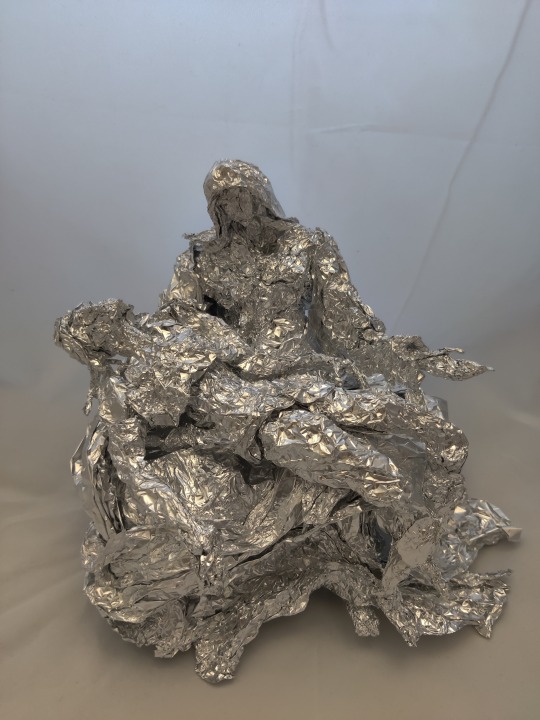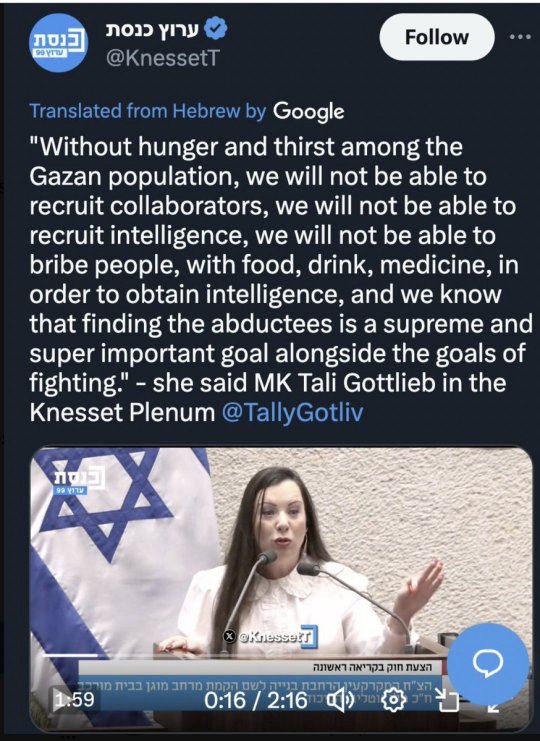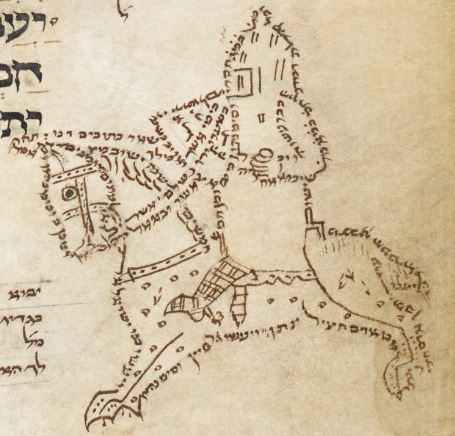#hebrew
Explore tagged Tumblr posts
Text
I got this beautiful Siddur today, it's so pretty!!🩷


#judaism#converting to judaism#jewish#reform judaism#jew by choice#choosing judaism#choosing a jewish life#am yisrael chai#Siddur#hebrew#hebrew siddur#pink
57 notes
·
View notes
Text
anyone have tips on fast ways to become proficient in hebrew i need gentiles to not understand what i’m saying
32 notes
·
View notes
Text
I need your help with a hypothesis!
For context: My linguistics professor and I got into a discussion after a test she did with us, and I was of the opinion that the reason for the results was different from the one she offered, so she encouraged me to test my theory.
What I need
All you need to do is draw a coffee cup (with a handle, not the disposable stuff) and then answer three questions.
I don't need to see the coffee cup. You can draw it wherever you like; on a piece of paper, digitally, in the sand, on a foggy window. Anything works. It does not have to be good. A doodle is fine.
You have to draw the coffee cup before you see the questions. This is very important. If you decide to help me with this, please doodle the coffee cup before you keep reading.
Assuming you have drawn the coffee cup, I now need you to answer these three questions:
On which side did you draw the handle?
Are you right-handed or left-handed?
Do you primarily write using the Latin alphabet or a different one? (please specify which)
More context
Most people will draw the handle on the right side. My professor says it's because most people are right-handed, so they draw the handle in the direction that would be comfortable for them to pick up.
I said drawing it on the right side just felt more comfortable to my hand and argued it's probably because we write a bunch of letters like that. B, b, D, P, p, R all look like a tiny "handle on the right side" and are all a straight line followed by a round one (so "cup first, handle second," like most people draw cups). The Latin alphabet doesn't have letters like that that face the other way, except maybe d, depending on how you write it, so it makes sense to me that people writing mostly Latin letters would go with the handle on the right side.
Which means that I need to know what Asians, Arabs and Greeks do and if the distribution of left and right sides of handles differs from the Latin alphabet group. Cyrillic seems to favor right, too, though it'd be interesting to see if there are differences.
If there are, my theory is right. Doubly so if there is a sizeable increase in a group whose alphabet has letters that benefit the left side choice.
So feel free to spread this to as many people as you like and put the answers in the comments or the tags of a reblog. The more answers I get, the better I can assess whose theory is better.
Thank you for your help!
#language#linguistics#latin#greek#cyrillic#arabic#hebrew#chinese#japanese#korean#thai#sanskrit#there are way too many languages and scripts to add#but I hope these help out most folks with the tags at least#right-handed#left-handed#right side#left side#oh disposable coffee cups#the bane of my hypothesis#it needs to be a cup with a handle please#sorry for the confusion
9K notes
·
View notes
Text
I love you people going into "useless" fields I love you classics majors I love you cultural studies majors I love you comparative literature majors I love you film studies majors I love you near eastern religions majors I love you Greek, Latin, and Hebrew majors I love you ethnic studies I love you people going into any and all small field that isn't considered lucrative in our rotting capitalist society please never stop keeping the sacred flame of knowledge for the sake of knowledge and understanding humanity and not merely for the sake of money alive
#classics#mythology#ancient greek mythology#ancient roman mythology#comparative literature#latin#hebrew#ethnic studies#fuck capitalism#communism#i love my useless degree idc#academia#university#dark academia#Greek#philosophy#liberal arts#humanities#women and gender studies#cultural anthropology
45K notes
·
View notes
Text
Child's Writing Exercises and Doodles, from Egypt, c. 1000-1200 CE: this was made by a child who was practicing Hebrew, creating doodles and scribbles on the page as they worked

This writing fragment is nearly 1,000 years old, and it was made by a child who lived in Egypt during the Middle Ages. Several letters of the Hebrew alphabet are written on the page, probably as part of a writing exercise, but the child apparently got a little bored/distracted, as they also left a drawing of a camel (or possibly a person), a doodle that resembles a menorah, and an assortment of other scribbles on the page.
This is the work of a Jewish child from Fustat (Old Cairo), and it was preserved in the collection known as the Cairo Genizah Manuscripts. As the University of Cambridge Library explains:
For a thousand years, the Jewish community of Fustat placed their worn-out books and other writings in a storeroom (genizah) of the Ben Ezra Synagogue ... According to rabbinic law, once a holy book can no longer be used (because it is too old, or because its text is no longer relevant) it cannot be destroyed or casually discarded: texts containing the name of God should be buried or, if burial is not possible, placed in a genizah.
At least from the early 11th century, the Jews of Fustat ... reverently placed their old texts in the Genizah. Remarkably, however, they placed not only the expected religious works, such as Bibles, prayer books and compendia of Jewish law, but also what we would regard as secular works and everyday documents: shopping lists, marriage contracts, divorce deeds, pages from Arabic fables, works of Sufi and Shi'ite philosophy, medical books, magical amulets, business letters and accounts, and hundreds of letters: examples of practically every kind of written text produced by the Jewish communities of the Near East can now be found in the Genizah Collection, and it presents an unparalleled insight into the medieval Jewish world.
Sources & More Info:
Cambridge Digital Library: Writing Exercises with Child's Drawings
Cambridge Digital Library: More About the Cairo Genizah Manuscripts
#archaeology#anthropology#history#artifact#middle ages#medieval#near east#egypt#cairo#children in archaeology#judaism#medieval jews#hebrew#writing exercise#doodle#art#cairo genizah#jewish history#reminds me of onfim#kids have always been kids
9K notes
·
View notes
Text
Normal languages: yeah we have present tense, past, future, conditional, sometimes imper-
Hebrew: We have Prophetic Perfect
Other languages: you have… wh a?
Hebrew: sometimes prophets talk about things that will happen as though they already did, to reflect the complexity of Gd’s relationship with time!
Other languages: how do you even -
Hebrew: PROPHET TENSE!!
2K notes
·
View notes
Text

Pieta by Michelangelo - Aluminum Foil Sculpture
#pieta#michelangelo#renissance#traditional art#classic art#virgin mary#jesus of nazareth#jesus christ#religion#christianity#judaism#hebrew#roman catholic#catholic
6K notes
·
View notes
Text

2K notes
·
View notes
Text



Mollayaghoub Synagogue/ Isfahan/ Iran
Photography: Saeed amini
#iran#middle east#persian#iranian#persia#farsi#art#culture#architecture#Jewish#Synagogue#iranian Jewish#hebrew
2K notes
·
View notes
Text
I'd like to introduce you to LJS 57, a compendium of Astronomical text in Hebrew, written in Spain around 1391. It's an interesting combination of astronomy and astrology, and illustrates how the division between "science" and "not science" was not nearly so clear in the past as it is today. It has some fantastic illustrations of constellations!
���:
#medieval#manuscript#medieval manuscript#14th century#hebrew#astronomy#astrology#stars#constellations#illustrations#illuminations#diagrams#history of science#book history#rare books
4K notes
·
View notes
Text

Lady, you are literally admitting to a war crime on tv.
#israel#politics#news#palestine#free palestine#muslims#south africa#democrats#republicans#woc#books#history#hebrew#wtf#human rights#poc
5K notes
·
View notes
Text
4K notes
·
View notes
Text

I mean Yiddish has actually derogatory words for goyim, if you’d prefer
#oy and vey#antisemitism#goyim stop whining about jews speaking yiddish and hebrew challenge level impossible#jumblr#yiddish#hebrew#jewblr#jewish
896 notes
·
View notes
Text


Two knights on horseback rendered in Hebrew micrography in the margins of the Yonah Pentateuch, 13th century.
Source: British Library, Add. MS 21160 fol. 192v and 201v
4K notes
·
View notes
Note
How does one laugh over text in Hebrew?? I mean like “lmao” I mean like “hahahaha”,,, signed, convert-in-progress 🫡
.
449 notes
·
View notes